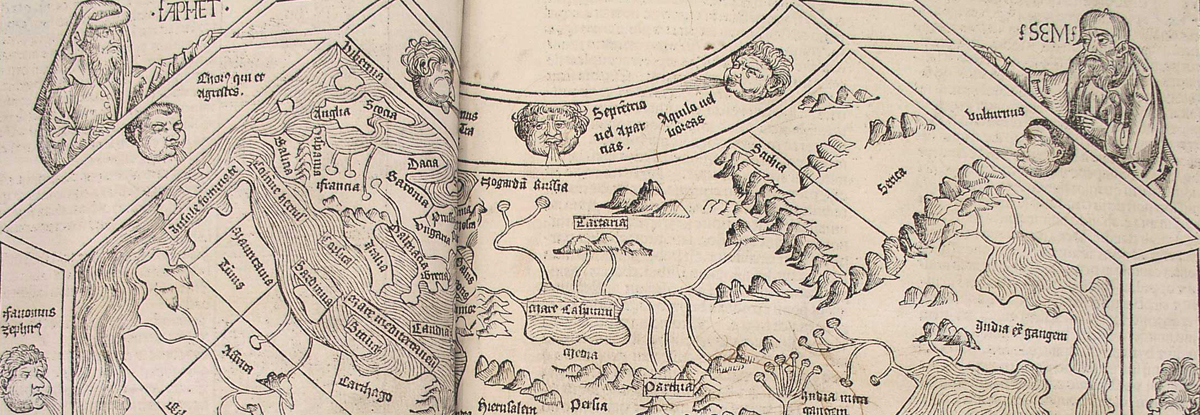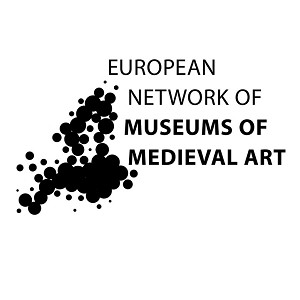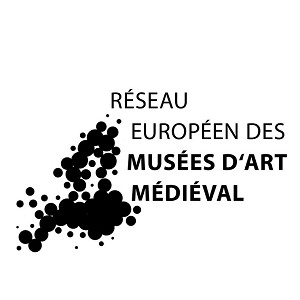
European Network of Museums of Medieval Art
Medieval art is part of Europe’s cultural identity. From the luxurious arts of the Migration Period to the creations of the late Gothic era, and from the Carolingian Renaissance to that of the Italian Quattrocento, the dazzling variety of the art of the Middle Ages continues to instil fascination in the public for a Europe in which it recognises a part of its identity.
In the second half of the 19th and the early 20th century increasing appreciation of the medieval world and its artistic creations led to the foundation of several museums dedicated to the art of the Middle Ages. It is the duty of these museums today to constantly renew knowledge and appreciation of and fascination for the Middle Ages through activities aimed at a broad public, especially at young visitors.
In 2011 the Museo Nazionale del Bargello (Florence, Italy), the Musée de Cluny – Musée national du Moyen Âge (Paris, France), the Museum Schnütgen (Cologne, Germany) and the Museu Episcopal de Vic (Catalonia, Spain) began to strengthen their relationships and to develop collaborative projects in order to share, with as many participating institutions as possible, the beauty and the European significance of the cultural heritage they preserve. The first fruits of this collaboration were the exhibition projects “Travel in the Middle Ages” (Paris, Florence, Vic, 2014–2016) and “The Magi” (Cologne, 2014–2015).
Several other renowned museums have since joined us: the Museum Catharijneconvent (Utrecht, Netherlands), the Museum Mayer van den Bergh (Antwerp, Belgium), the Palazzo Madama (Turin, Italy) and the Musée de l’Œuvre Notre-Dame (Strasbourg, France).
The Network will continue to develop collaborative projects in the future.

Le Réseau européen des musées d'art médiéval
L'art du Moyen Âge fait partie de l'identité culturelle de l'Europe. Des arts somptuaires de l’époque des grandes migrations aux créations du Gothique tardif, de la renaissance carolingienne à celle du Quattrocento italien, la diversité éblouissante de l'art médiéval continue de fasciner le public d’une Europe qui y reconnaît une partie de son identité.
Dans la deuxième moitié du XIXe siècle et au début du XXe, l'appréciation du monde médiéval et de ses témoignages artistiques s'est exprimée par la création de plusieurs musées consacrés à l'art du Moyen Age. Ces musées sont aujourd'hui dépositaires d'une mission, celle de toujours renouveler la connaissance, la valorisation et la fascination pour le Moyen Âge, au travers d’actions en direction du public et en faveur de son élargissement, particulièrement vers les nouvelles générations.
Le Museo Nazionale del Bargello (Firenze, Italie), le Musée de Cluny – Musée national du Moyen Âge (Paris, France), le Museum Schnütgen (Cologne, Allemagne) et le Museu Episcopal de Vic (Catalunya, Espagne) ont entrepris en 2011 un travail pour resserrer leurs liens et développer des actions communes afin de partager avec le plus grand nombre la beauté et la valeur européenne du patrimoine qu'ils préservent. Les premiers fruits de cette collaboration ont été les projets d'exposition "Voyager au Moyen Âge" (Paris-Florence-Vic, 2014-2016) et "Les Rois mages" (Cologne, 2014-2015).
Depuis, d'autres musées prestigieux nous ont rejoint : le Museum Catharijneconvent (Utrecht, Pays-Bas), le Museum Mayer van den Bergh (Antwerpen, Belgique), le Palazzo Madama (Torino, Italie) et le Musée de l’Œuvre Notre-Dame (Strasbourg, France).
Ce réseau poursuit l'élaboration de projets communs.




